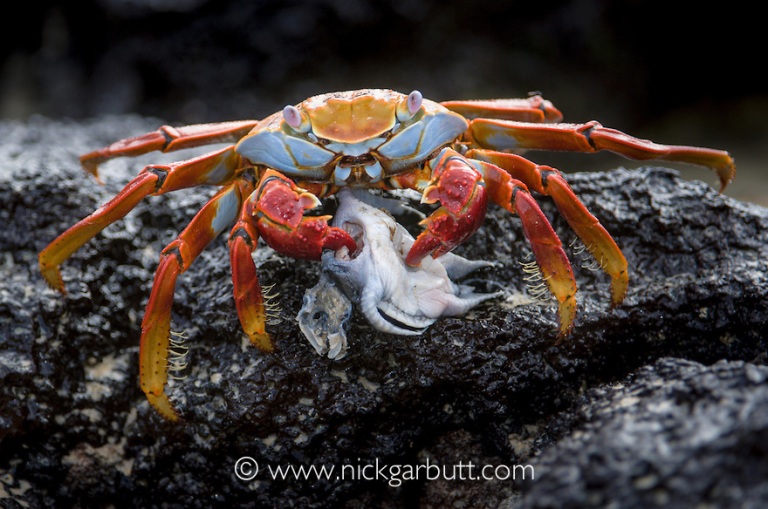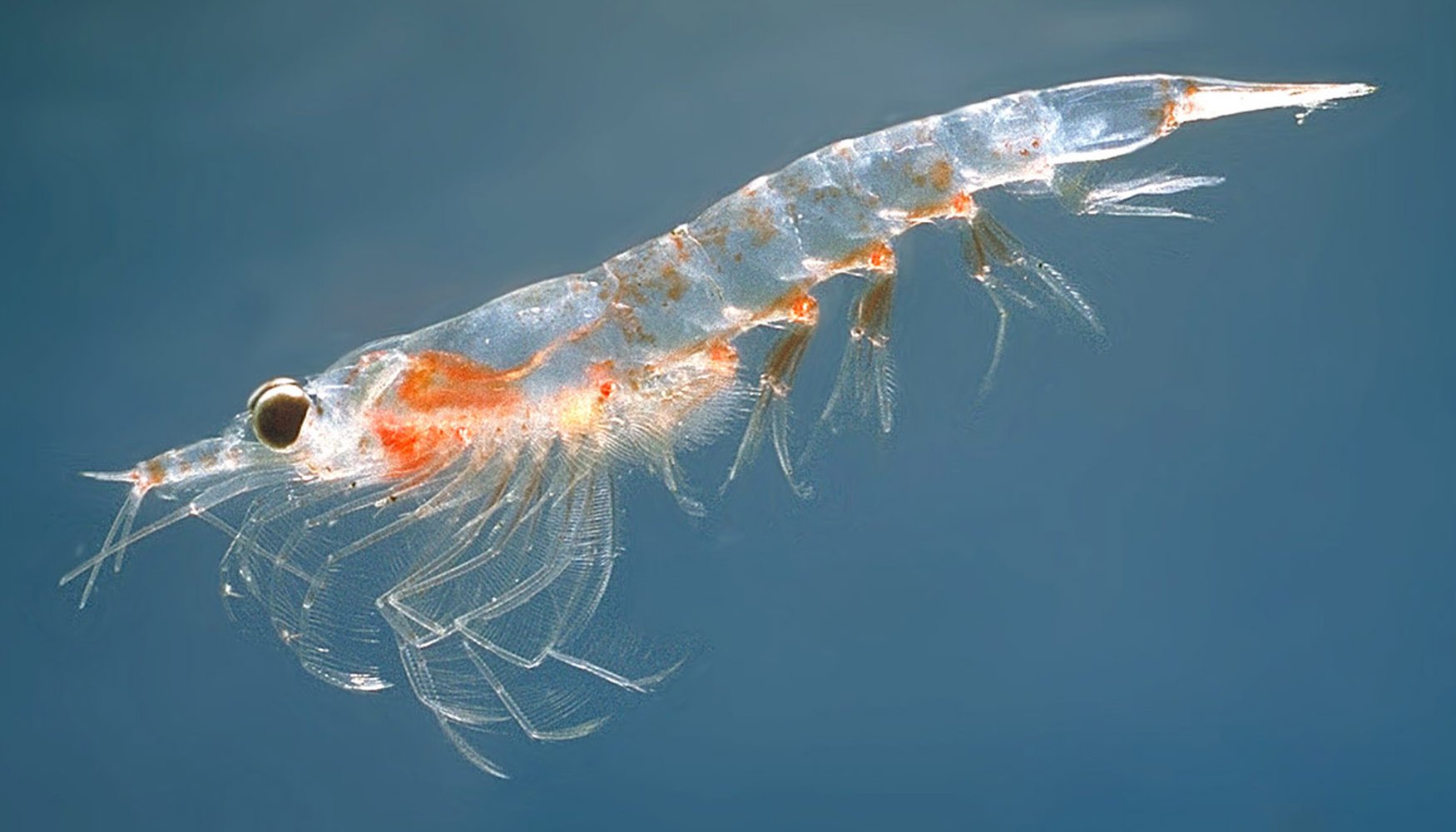Whenever I hear the word “crustacean” I instantly think of delicious crab and lobster dishes cooked Asian style. That is because they are in this Subphylum!
There are 30,000 species which include crabs, lobsters, crayfish, barnacles, water fleas etc. They have a wide range including marine, freshwater and terrestrial and they can be free-living or parasitic.
BODY PLAN

There is 2 tagmata: Cephalothorax and the Abdomen. The Cephalothorax has 13 segments and comprises of the head and the thorax. There is a rostrum which is a prolongation of the head and it is not considered a segment just an extension. The thorax itself is very thick because the vital organs are contained there. The abdomen has 6 segments which also includes a telson right at the end (not an appendage) and a uropod (an appendage).
There is a cuticle with calcareous deposits to provide protection. It contains protein, chitin and calcium carbonate. The cephalothorax also has a carapace which covers the cephalothorax and gills for extra protection.
The segments have many specializations and this is good for defenses and survival!
There are several biramous appendages which is called this as there is a split which occurs at the “claw”.
There are also:
- 2 pairs of antennae
- 1 pair of mandibles
- 2 pairs of maxillae
- 3 pairs of maxillipeds
- 5 pairs of walking legs with the 1st pair made of chelate
- 1 swimmerets per segment (pleopods)
- 1 pair of uropods (telson doesn’t count!)
Food time?

It is highly specialized with a one way flow from the mouth to the anus. The stomach is interesting as there is a cardiac stomach and a pyloric stomach.
The lateral teeth has different functions based on different diets such as carnivores will have sharp teeth and herbivores will have teeth built for grinding.
Th medial teeth also shows the carnivores having a groove while the herbivores have a bumpy and broad tooth.
The midgut gland, also known as hepatopancreas, has similar functions to the human liver and pancreas. It is very big in this subphylum.
The crustaceans tend to have suspension feeding on particles of organic matter suspended in water, and some tend to be near intertidal regions too for feeding.
They can be predators or scavengers.
Breathing?
The smaller crustaceans tend to breathe through a thin cuticle, while larger crustaceans tend to bread through gills.
Located on the epipod which is on the thoracic appendages there are gills, and at the 2nd maxilla there is a gill bailer, which is where the water is scooped out of the gill cavity. The gills will fall in air.
There is also an exhalent aperture which is seperated into left and right lobes.
In terrestrial species there are lungs located at the lining of the carapace. This allows increased surface area for exchange, and there is also an elaborate blood system.
The ways that species like crabs breathe on land is via the cuticle on the leg.
Circulatory?
They have an open system and a heart at the dorsal end which can pump hemolymph through the body via the hemocoel. There is also water which it pumps.
Pee pee time?

There are no malpighian tubules in crustaceans but there are antennal glands (“green glands”) located at the ventral part of the head.
So how does peeing work in this group?
The end sac does the ultrafiltration of the blood with positive pressure. The urine is then modified in the labryrinth and tubules and the bladder is used for temperature storage. It then exits via the nephropore.
Nervous system?
There is a brain which is part of the supraesophagael ganglion which has nerves that goes to the eyes and the antennae. There is also a subesophagael ganglion which has 5 fused ganglia includinf nerves to the mouth, mouth appendages, esophagus and the antennal gland. There is also paired segmental ganglia.
The sense organs are fairly specialized with different parts having specialized units:
- Mechanorecption: chelae, mouthparts and telson all have tactile hairs
- Chemoreception: antennae, mouthparts and appendages which receptors to help detect
- Equilibrium: There is statocysts located at the 1st based antenna, this is to help them understand their place in the environment
- Light detection: There are compound eyes which help provide vision.
Sexy time?
They are diecious with their gonads lying on the dorsal part of the body. The external openings are located on base of the walking legs (3rd pair in the females, 5th pair in the males). Most of the crustaceans brood their eggs, and when they hatch they can be free swimming larvae.

The nauplius and the protozoea stage occurs in the egg and then it hatches and becomes free swimming. There will be molting to help the crustaceans grow into full form adults. Moulting occurs when the procuticle seperates from the epidermis and then it forms a new cuticle which can expand and then harden.
So now I will talk about the cool creatures of this subphylum! I will not be talking abut Classs Ostracoda and Maxillopoda because I don’t need to!
CLASS BRANCHIOPODA

This class contains the sea monkeys so many of us had as children. In reality this is brine shrimp!! This species is known as Artemia salina, and they are known to be able to produce dormant eggs in cysts form.The cysts can be stored for a long time and it can be hatched on demand which is why it may be used as the commercial sea monkeys.
CLASS MALACOSTRACA
There are 13 segments in this class (5 on the head, 8 on the thoracic and 6 on the abdomen) and a telson. There can be fusion of the head and thorax parts which occurs to form cephalothorax.
Order Isopod

This contain dorso-ventrally flattened crustaceans, with no carapace (no shield but rather individual plates), sessile eyes and similar limbs.
There is a thoracic brood pouchlocated on these guys for eggs to be held. The mini adults then hatch.
Order Amphipoda

They are laterally compressed with similar features to isopods.
There are pleopods located on the posterior ventral surface which helps with breathing. This invaginates to form air sacs and tubes.
Order Euphausiacea (krills)

Order Decapoda

This group contains the more popular crustaceans such as crabs, lobsters, crayfish and prawns.
There are 5 pairs of walking legs and 3 pairs of maxillipedes.
Order Stromatopoda

There are 5 pairs of thoracic limbs with the second pair used for raptorial feeding and acts as a spear and cub.
There are ways which crustaceans who are terrestrial control water loss, and this via their behaviour. They drink water, they immerse in water or there is water vapour absorption.
Another method of coping with loss is to have nitrogenous wastes by NH3 gas or urine, or in some species like the Robber crab via. solid white pellets which is 70%urin acid and 30% guanine. This is to keep in the water.
Crustaceans have been neat, but next we are going to focus on the most abundant species of all: INSECTS.
